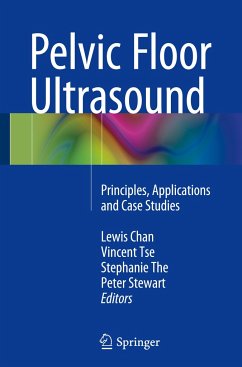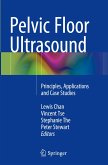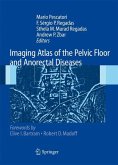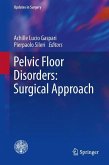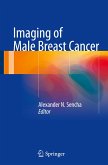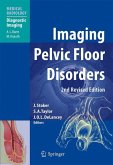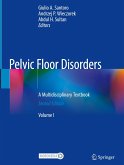There is increasing interest in using ultrasound for assessment of pelvic floor disorders such as voiding dysfunction , pelvic organ prolapse and faecal incontinence. Ultrasound can also be a useful imaging modality for urodynamics and pelvic floor physiotherapy. Whilst ultrasound equipment is widely available around the world many clinicians may not have access to structured training in the technique of pelvic floor imaging and interpretation of images in the context of pelvic floor dysfunction. This book aims to provide the reader with the knowledge and skills to start utilising ultrasound imaging in assessment of pelvic floor disorders. The authors comprise the three surgical disciplines (urology, colorectal surgery and gynaecology) who commonly manage pelvic floor problems and have subspecialty expertise in pelvic floor imaging. They have conducted workshops in Australia, Asia, UK and USA and are advocates for clinican-performed ultrasound.
"The chapters are very concise, very easy to read and supported by good quality imaging and illustrations. An extremely interesting range of clinical applications is covered. This includes a number of individual clinical cases demonstrating very well the diagnostic value of modern technology in this area of medical ultrasound. ... I would certainly recommend this, particularly from a practical scanning point of view. I feel it would serve to support trainees through to qualified and experienced ultrasound personnel." (Bill Smith, RAD Magazine, March, 2016)

